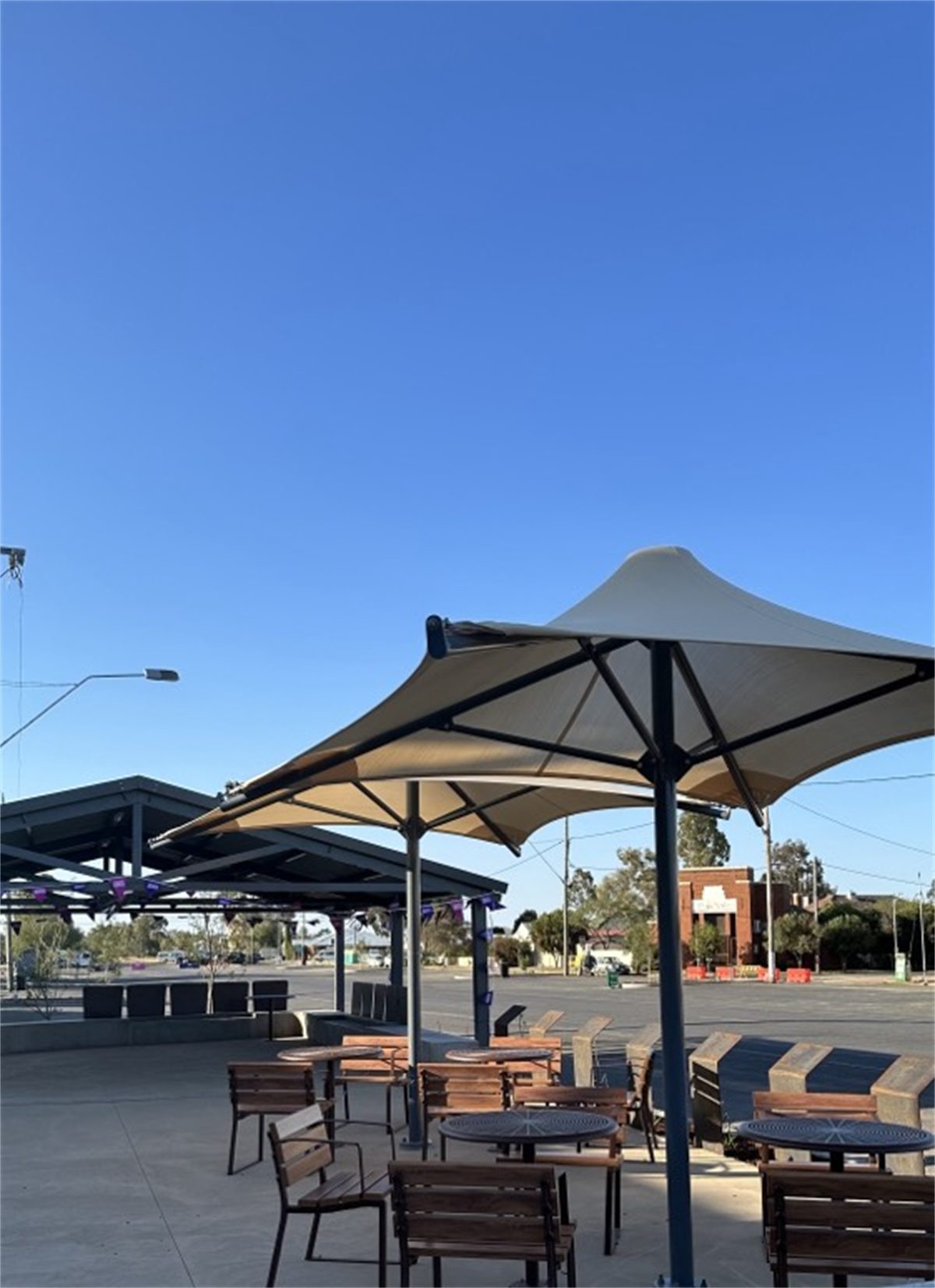$400 million will be invested over the next four years in Fire and Rescue NSW (FRNSW), the NSW Rural Fire Service (RFS) and the NSW State Emergency Service (SES), bringing the NSW Government’s investment in emergency services in 2022-23 to more than $4.2 billion to make communities safer and stronger.
Minister for Emergency Services and Resilience and Minister for Flood Recovery Steph Cooke said funding emergency services was critical to protect communities from natural disasters.
“Our volunteer and paid first responders are on the front line of emergencies, standing between danger and the community to keep people safe,” Ms Cooke said.
“They have been confronted with every challenge imaginable in recent months and years, whether it’s bush fires, a global pandemic, floods or storms.
“This Budget will help them continue their life-saving work with the equipment, resources and facilities that they need, and deserve, to protect communities across NSW.
“As severe weather events increase it is important, now more than ever, to make sure our emergency services like FRNSW, RFS and SES are better-prepared for the challenges of natural disasters that lie ahead.
“Today’s record Budget supports our emergency services to build resilience by completing the majority of funding in response to the Bushfire Inquiry and pledging the biggest-ever single investment in the SES.”
The 2022-23 NSW Budget includes:
- $1.4 billion for Resilience NSW for previously announced programs in response to the February and March 2022 storms and floods, with this funding to be provided to various Government agencies.
- $200.3 million for existing disaster recovery programs.
- $191 million for the RFS in response to the Bushfire Inquiry, including:
- $105.6 million to replace or retrofit fire trucks;
- $75.4 million to expand the number of mitigation crews; and
- $10 million to enhance strategic fire trails.
- $132.7 million for the SES, including:
- $58.7 million to upgrade 18 critical priority unit facilities;
- $43 million to create two new zones;
- $11.7 million to establish Zone Headquarters in the two new zones with Level 3 Incident Control Centre capabilities;
- $18 million to upgrade existing Zone Headquarters to Level 3 Incident Control Centres; and
- $1.3 million to develop a Facility Strategy and complete further detailed business cases to address the remainder of the recommendations from the independent review into the 2021 flood event.
- $56.5 million for the RFS to construct six fire control centres.
- $30 million for FRNSW, including:
- $21 million over four years to undertake capital works that will address minimum gender-separation provisions, equipment-cleaning facilities and contamination management; and
- $9 million to complete the recommendations of the Bushfire Inquiry by acquiring 16 firefighting tankers.






